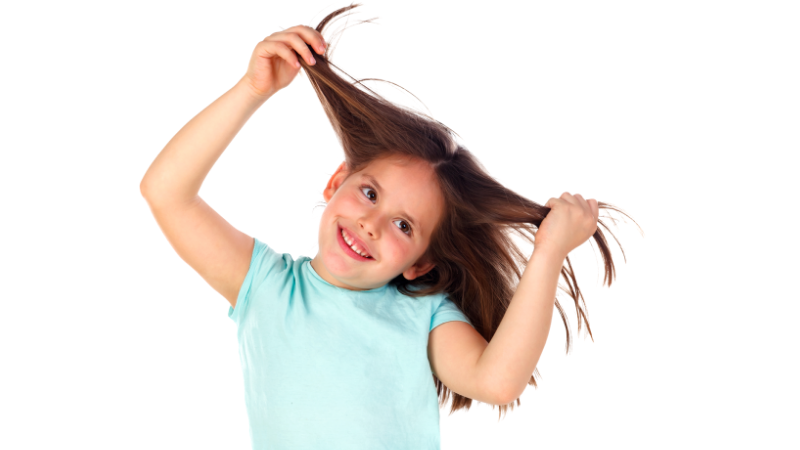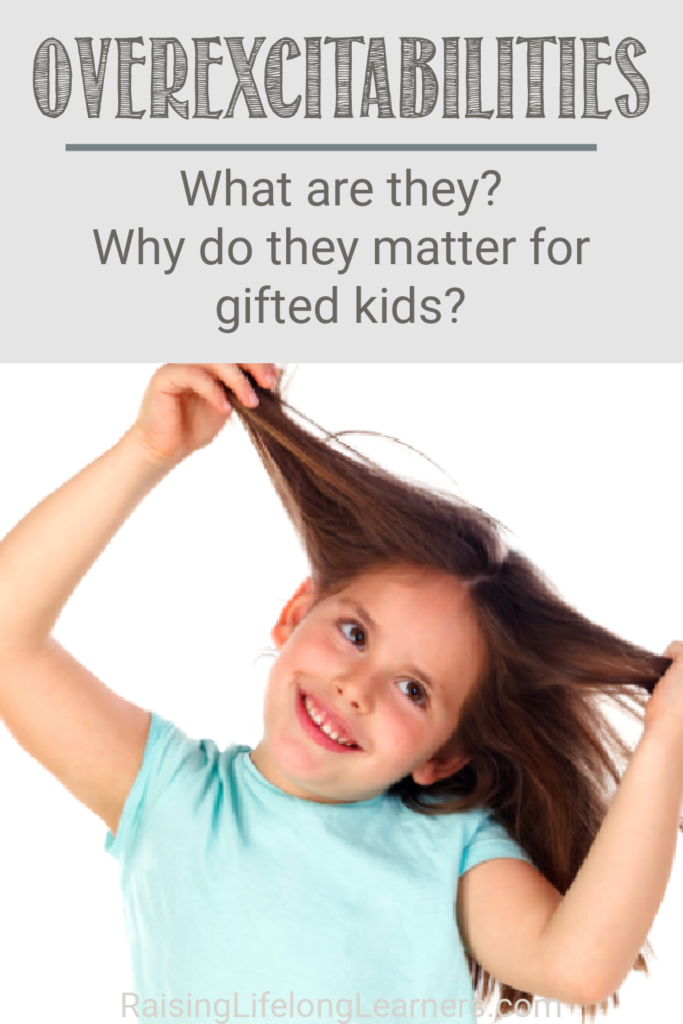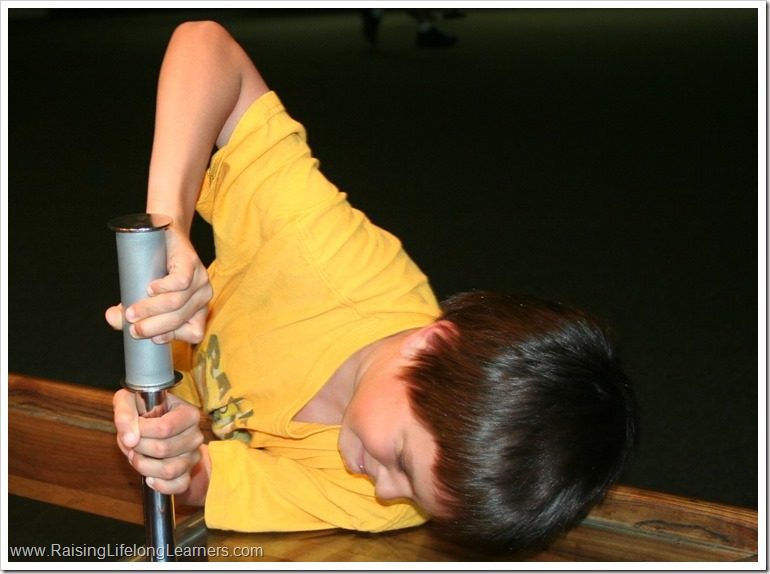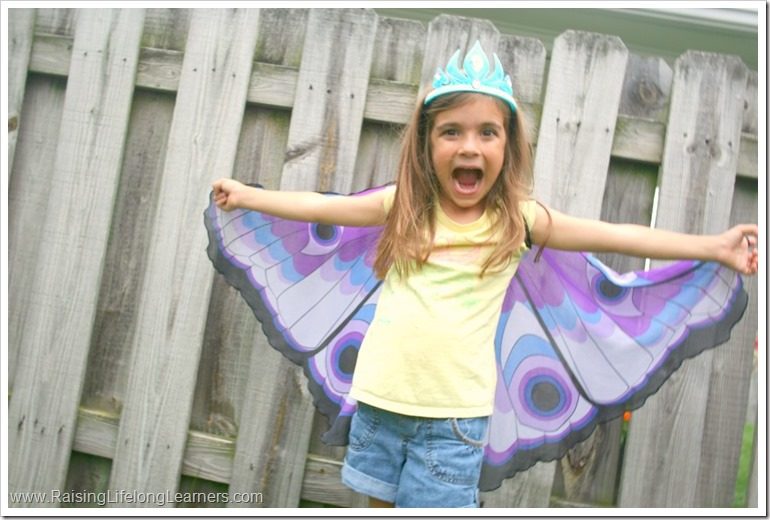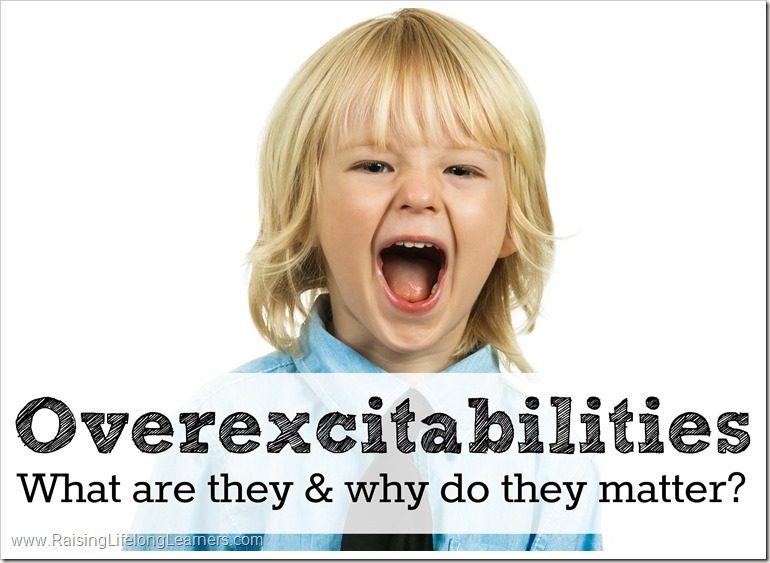Overexcitabilities and Why They Matter for Gifted Kids
The mornings we need to be out of the house at a certain time look something like this – a child is complaining about the seams in his socks, while another is having an animated sing along with her stuffed animals, completely oblivious to the fact that she has her shirt on backwards and her shoes on the wrong feet. Another is anxious, and trying to make sure everyone has what they need to get out the door so she doesn’t have to walk into her class late and upset her co-op teacher.
Can you relate?
Our family is full of what Polish psychologist/psychiatrist Kazimierz Dabrowski called overexcitabilities. As I’ve written before, gifted children are highly likely to be more intense than their typical peers. This increased awareness, sensitivity, and intensity can present challenges that make them difficult children to parent.
One of the most difficult challenges to overcome, though, is the belief that Dabrowski’s five overexcitabilities need to be cured. Experiencing the world with such intensity can be very frustrating for a child {and a parent}, but it can also be very rewarding. They can lead to great successes, innovations, and wonderful creativity.
The positive aspects of overexcitabilities need to be celebrated. The frustrations and negative aspects need to be channeled into positive path to help gifted and intense kids grown into and reach their potentials.
What are the five overexcitabilities?
Dabrowski identified five different areas of overexcitabilities when he developed his Theory of Positive Disintegration. Not all gifted kids exhibit overexcitabilities, but they are more prevalent among the gifted population than any other. Gifted children {and adults} may possess one or more of these, and according to Dabrowski, those who exhibit more than one see reality differently. They tend to experience the world in a stronger and more multi-faceted way than others.
The five overexcitabilities, as defined by Dabrowski, are psychomotor, sensual, emotional, intellectual, and imaginational. I describe each below, but will spend time examining them each in-depth with suggestions for helping your little one make the most of those characteristics they possess in individual posts. They are linked below.
Psychomotor
This is marked by a constant need to move and expend intense physical energy. Kids with psychomotor overexcitability have drive, they are impulsive, and often show a physical manifestation of their emotions. They may have nervous habits or tics, and may have trouble sleeping.
Sensual
Does your little one need every tag cut out of every shirt? Those with sensual overexcitability have a heightened awareness of all five senses – sight, sound, touch, smell, and taste. These kids might not be able to eat certain foods because of their texture or taste. They might need more cuddles than others, or not want to be touched at all.
Emotional
Children with a high emotional overexcitability suffer from extreme emotions, anxiety, guilt, sadness, happiness, and often have difficulty adjusting to change. These kids can be prone to depression, suffer physically from their emotions {stomach aches due to anxiety}, and seek more security from their parents.
Intellectual
This overexcitability is characterized by activities of the mind, thought, and metacognition. It’s the most common overexcitability thought of in relation to gifted children. These children have a deep curiosity, love of problem-solving, and always seem to be thinking.
Imaginational
These children can let their imaginations go to amazing places – and sometimes those imaginations can get away from them, making them fear worst-case scenarios. They tend to have imaginary friends, vivid dreams, and a love of music and drama.
What can parents do about their children’s overexcitabilities?
First, you should consider each overexcitability and figure out which characteristics best fits your child. Compare your child’s behavior with the characteristics of each type of overexcitability, remembering that kids can have more than one, but one is usually more dominant. Understanding the neurology behind your child’s behavior will better equip you to understand – and help your child understand – those behaviors, helping you help them channel their overexcitabilities for good.
Are you looking forward to reading more about overexcitabilities, how to identify them in your kids, and how to help them channel those intensities for good? Make sure you take a minute to sign up for our weekly newsletter so you don’t miss a post. And, take a minute to tell me about your kiddos in the comments. What overexcitabilities do they show? How do you deal with them?
A Perfect Option For Your Gifted Child
The Learner’s Lab is the community created just for your quirky family. It’s full of creative lessons, problem solving activities, critical and divergent thinking games, and the social-emotional support differently-wired children and teens need most.
All from the comfort of your own home.
This community was created to support children who are gifted and twice exceptional. We address topics just like this all year long, in a way that is educational and fun for children. They learn skills to help them cope and you learn how to help them along the way.
We invite you to join us. Get all the details HERE.
For more information on parenting gifted kids, check out:

